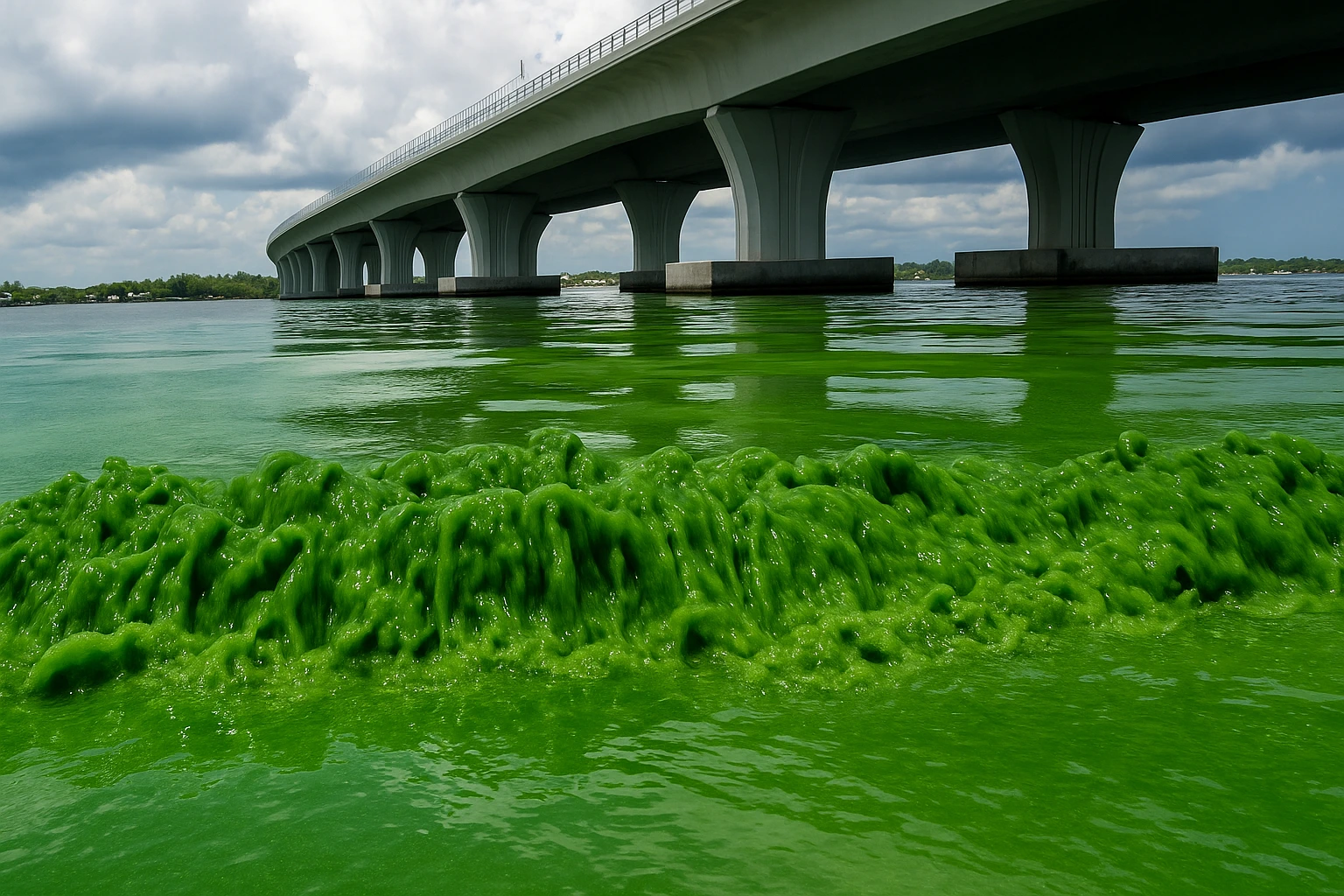Spirulina farming has gained attention as a sustainable, profitable agribusiness. With growing demand for superfoods and plant-based nutrition, spirulina algae farming seems like the next big thing. However, many newcomers enter the space with half-baked knowledge and exaggerated expectations.
In this blog, we bust the most common spirulina farming myths and present the realities—covering costs, automation, certification, government support, and more. If you’re considering diving into this high-value segment, read on to make informed decisions backed by facts.
Myth 1: Spirulina Farming is a Low-Cost, High-Profit Venture
Reality: Spirulina is valuable, but growing it the right way—especially at scale—requires high capital investment and long-term planning.
Setting up a standard unit involves cost-intensive infrastructure such as raceway ponds or tanks, agitators, low-heat drying units, SS 316 -grade harvest equipment, dewatering units, packaging system, quality certification equipment and water purification systems. The spirulina farming cost for a certified organic setup can exceed ₹80L to ₹95L lakhs per acre.
Additionally, achieving organic spirulina farming standards involves strict hygiene, certified inputs, and regular lab testing, which further raises costs. If you’re eyeing long-term returns, be prepared for substantial upfront investment and appropriate break-even.
Myth 2: Government Subsidies Cover Most of the Costs
Reality: There are government subsidy schemes for farmers, but spirulina farming rarely qualifies directly under these unless you tailor your proposal meticulously.
Such schemes usually fall under broader verticals like aquaculture, medicinal plants, or sustainable farming, and they offer partial reimbursement, not upfront grants. Farmers must submit a solid business plan, lab reports, and sustainability proof—and often, subsidies are released only after investment is made.
→ Understand how to access legitimate support via our blog on government grants and subsidies for spirulina mass production.
Myth 3: Manual Harvesting Works Fine for Large-Scale Production
Reality: While small setups or hobby farms can manage with manual methods, large-scale or commercial farms cannot maintain profitability without automation.
Manual processes are error-prone, unreliable, contamination causing, uncertifiable and often fail to achieve the required output quality and yield. Manual processes are also very labor intensive, drastically reducing the profits of the project.. That’s why modern farms are turning to automated spirulina harvesting systems, auto-discharge equipment, and low-heat fully automated spirulina dryers.
Automation not only improves yield quality but is essential for meeting organic certification standards, reducing contamination risks, and cutting labor overhead.
→ Explore how technology is transforming productivity in automated spirulina farming systems.
Myth 4: Spirulina Grows Naturally, So Lab Testing is Optional
Reality: Spirulina is sensitive to contamination and must be tested regularly—even more so if you plan to label your product as organic or Human food grade.
Contaminants like heavy metals (lead, mercury), pathogenic bacteria, or even pest infestations (midges, water bugs) can easily ruin entire batches. All quality control in spirulina farming should include:
- Routine water testing
- Third-party lab reports
- Compliance with HACCP, GMP, and USDA Organic
- COA (Certificate of Analysis) for each batch
Neglecting this step can result in rejection from premium buyers or export agencies.
→ Read our guide on ensuring safety and consistency with proper quality control.
Myth 5: Spirulina Farming Guarantees Fast ROI
Reality: Return on investment in spirulina algae farming typically unfolds over 2–3 years—not in a few months.
Initial losses are common due to high setup and compliance costs. However, with automation, certifications, and batch tracking in place, profitability improves steadily after Year 2.
The price of spirulina varies from ₹600 to ₹1,800 per kg depending on drying technique (spray vs. vacuum vs Freeze drying etc..), purity, and whether it’s certified organic. To access the high end of that range, quality must be consistent and verifiable.
Myth 6: Exporting Spirulina is Easy—Demand is Limitless
Reality: While global demand exists, the export of organic spirulina comes with its own challenges:
- Strict documentation and testing protocols
- Organic certifications that meet international standards
- Batch traceability and compliance with EU/US import norms
Many Indian producers are unaware of the barriers to spirulina export, including regulatory approvals, tariffs, and quality audits. The global spirulina market is competitive, dominated by countries like China and Malaysia.
→ Tap into actionable insights on navigating global spirulina market trends.
Final Thoughts: Busting the Hype, Embracing the Truth
Spirulina farming holds immense potential—but it’s not a shortcut to quick wealth. It’s a capital-heavy, process-sensitive, and certification-dependent industry that rewards those who are patient, detail-oriented, and compliant with global standards.
Avoid the traps of viral myths. Instead, invest in the right equipment, understand the importance of organic compliance, and prepare for a 2–3 year investment horizon.
At Greenbubble, we help you start smart, scale sustainably, and stay profitable.
👉 Ready to build your own spirulina farm or optimize your current setup?
Book an expert consultation or explore our turnkey spirulina farming solutions.


